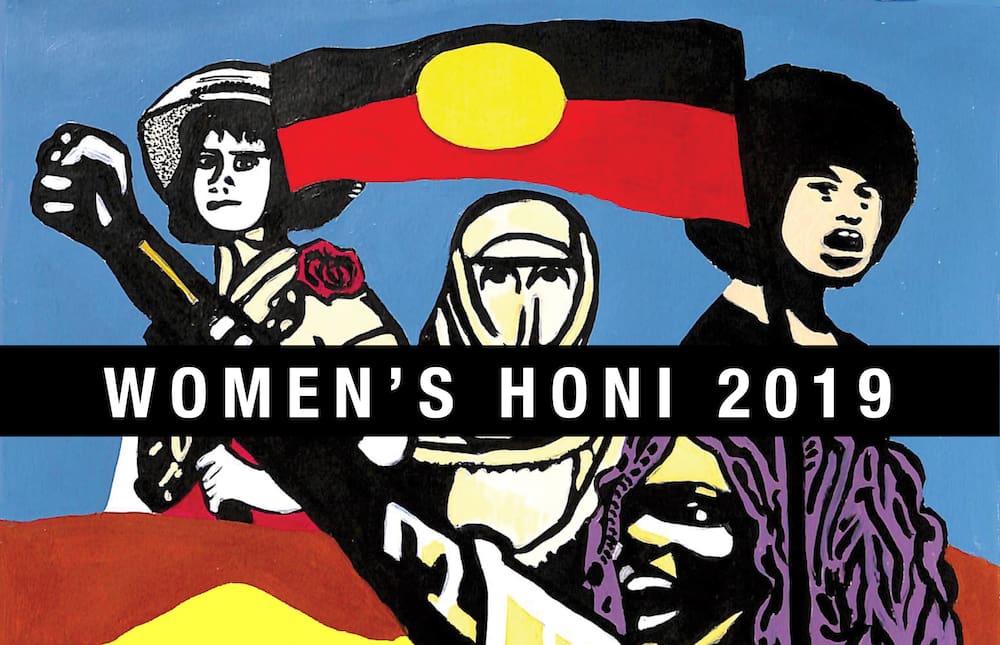Nothing that’s worth fighting for is easy to get. The ‘choice’ that we fight for does not magically come merely with the removal of a formal ban. In other states where abortion has been decriminalized for much longer than in NSW, getting an abortion remains just as inaccessible for those who come from regional areas and low socioeconomic backgrounds. If we let abortion services remain as inaccessible and unaffordable as they currently are, the ability to choose that we have fought so hard for will be tenuous and uncertain. The pro-choice movement must therefore harness the momentum derived from its success and keep pushing for substantive choice, which lies in designated public services, coverage under Medicare and the removal of heavy restrictions around GPs and pharmacies who can provide abortions.
A cross-sectional study suggests that more than one in 10 people who access abortion services were from outer regional or remote Australia. Figures from Marie Stopes Australia further show that only 0.2% of regional GPs in NSW are registered to prescribe RU486, the drug used for medical abortions. This means a significant number of people who need access to abortions do not have viable options to exercise their right to bodily autonomy in their local area. Lack of local resources also leads to inadequate understanding of different abortion procedures, which removes people’s agency in making informed choices about their bodies. Furthermore, those who travel for more than four hours to receive an abortion are more likely to be more than nine weeks pregnant. This points to a delay in access due to geographical barriers, and as even heavier restrictions apply to pregnancies beyond 22 weeks, such a delay could put people requiring abortion access in situations that are no different than before decriminalization.
Even if geographical access or legal barriers are no longer an issue, one may simply be unable to afford an abortion. As of 2017, the median upfront cost for Medicare-rebated medical abortions before or at nine weeks was $560, or $470 for a surgical abortion. Furthermore, in many regions, there are no public and few private health services that provide surgical terminations. On top of how difficult it is for people of low socioeconomic status to secure enough money for the upfront payments associated with getting an abortion, costs increase significantly for procedures undertaken after 12 weeks. This will most likely affect those who travel from regional and rural areas of NSW the worst.
I have witnessed someone in my life go through the experience of accessing abortion. She had received assistance with a second pregnancy and had a termination for her third. The decision came after long consideration of her age, health, and financial capacity. While she wasn’t able to financially support a third child, she was one of the lucky ones that could both access abortion in a public hospital in her neighborhood and afford the steep fees associated. If she had been forced to carry the pregnancy to term because such an expensive procedure was out of reach, it would have put her in an unthinkable situation.
So, in cases where abortion is a legal option but remains inaccessible, much work still remains for the movement. To preserve the progress that’s been achieved so far, the broad left must gather their forces around a pro-choice movement that fights to make the choice they’ve won actually available to people from all geographic and socioeconomic backgrounds.
We must work towards implementing designated public providers of both medical and surgical abortions across the state, so that everyone can access them without delay or long-distance travels, just like other essential health services. We must also put abortion drugs and procedures on Medicare. If we believe that abortion is a human right, and that it is fundamental to individual autonomy, the existing rebate regime is far from adequate. Finally, heavy restrictions limit not only the number of GPs capable of prescribing RU486 but also the number of pharmacies that can issue and administer the drug. This has led many to turn to tele-abortions, where people undergo medical abortions within their home. While tele-abortion has been a leading development in medical abortions, it is not an ideal option, lacking the level of care of a clinic visit. Furthermore, tele-abortion is not appropriate for all cases such as surgical abortions. Therefore, we ought to focus on lifting the heavy restrictions in a system that remains oppressive to people in need of abortion access.
As part of the pro-choice movement, we must remain indignant about systemic inequities and injustices, because we are progressive, feminist activists. We are activists that do not stop at our first success. We are activists that keep fighting for a better tomorrow.
Our next mission beckons.





